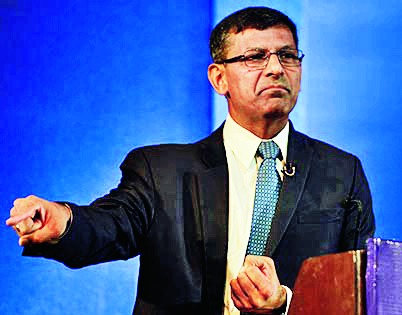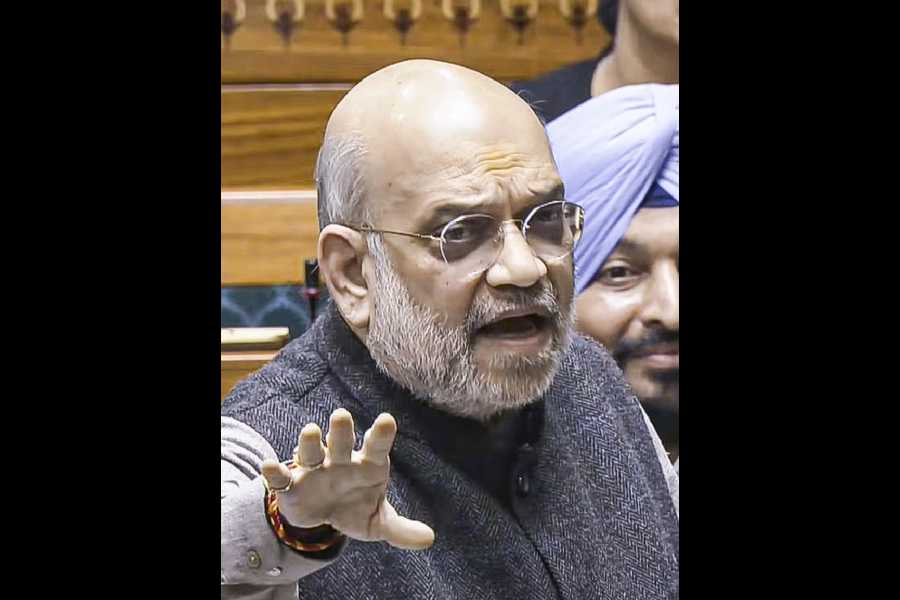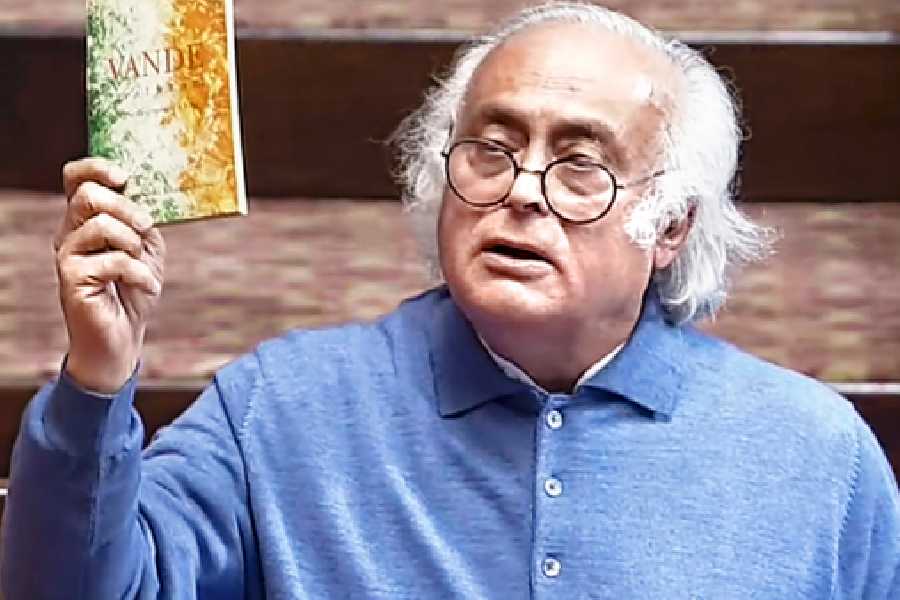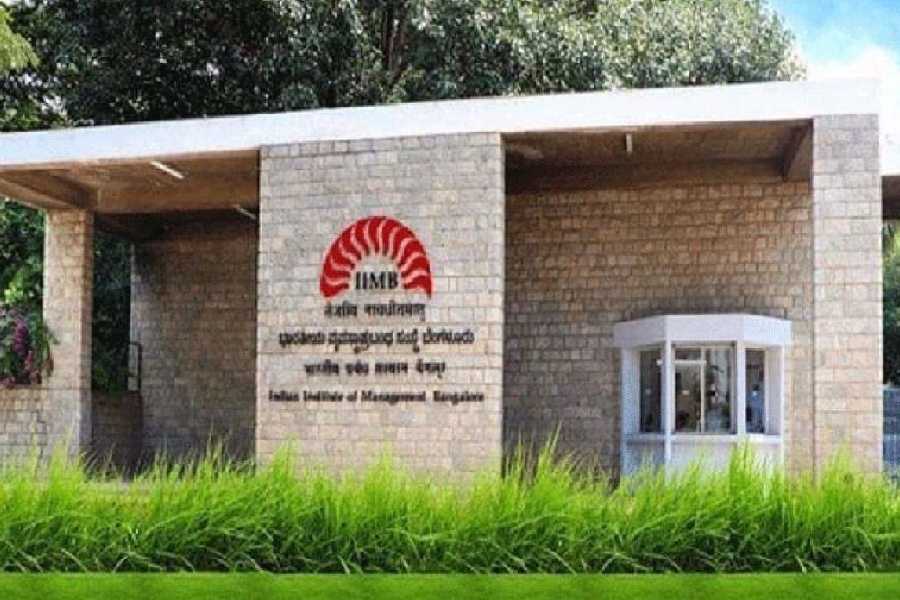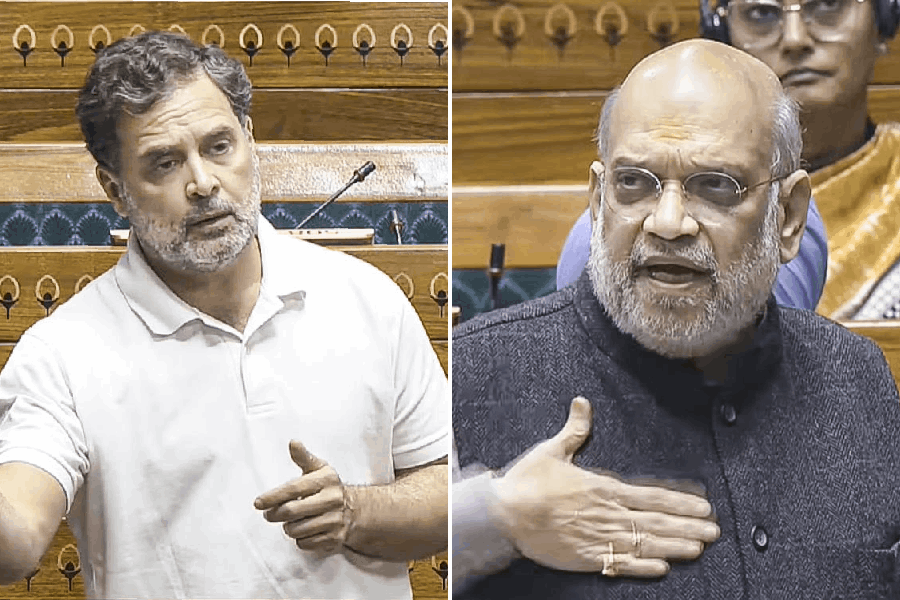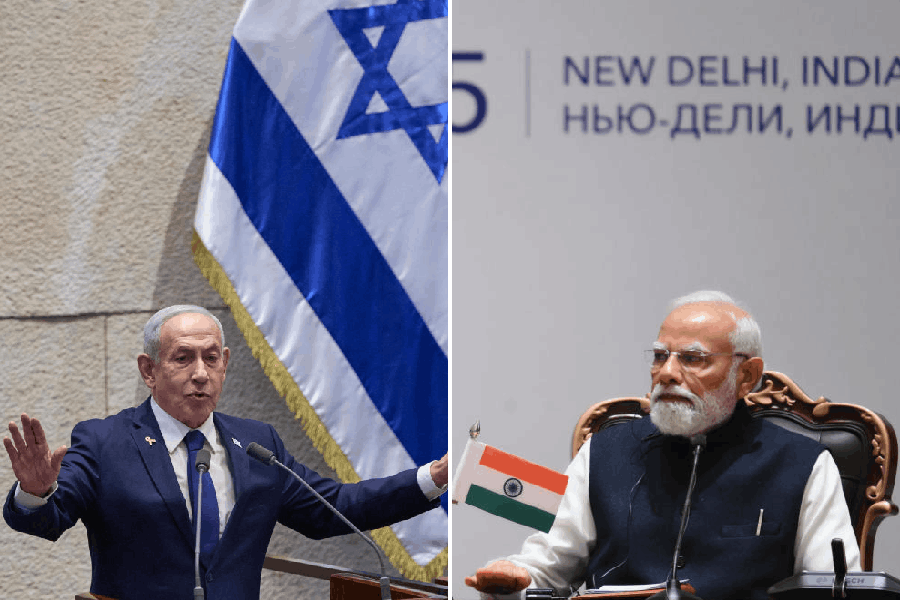
I DO WHAT I DO By Raghuram G. Rajan, HarperCollins, Rs 699
Raghuram Rajan brought a gust of fresh air into the Reserve Bank of India when he assumed office in September 2013 by being able to meld clear-headed ideas about monetary policy reform with the courage to take tough decisions even if they rattled overweening politicians and bureaucrats in Delhi.
He had clearly walked into a crisis. Back in May, the Federal Reserve of the United States of America had announced its decision to gradually taper its purchase of US bonds, signalling its intention to stop the steady flow of cheap money that was being used to stimulate a faltering US economy. The so-called taper tantrum roiled the Indian rupee and sent it skidding to an all-time low of approximately 69 to the dollar. The actual taper did not happen till December that year but it sent foreign investors scrambling to pull money out of the emerging markets including India.
The first task was to stem the rupee's slide. Rajan says that is when he got some excellent advice from his friend, Mexican central bank governor Agustín Carstens: bring down inflation if you want to stabilize the currency. Just two weeks after taking over as the RBI governor, Rajan shocked everyone by raising the policy-signalling repo rate by 25 basis points to 7.5 per cent - the first rate increase in almost two years - earning himself the reputation of a monetary policy hawk. He would not be able to shake off that tag until he announced his first rate cut 15 months later.
Rajan's book I Do What I Do - a collection of his speeches during his three-year stint at Mint Street interspersed with some commentary that provides background to the decisions of the central bank - is not a tell-all book, quite unlike the ones written by his predecessors Duvvuri Subbarao (Who Moved My Interest Rate?) and Y.V. Reddy (Advice and Dissent: My Life in Public Service). The speeches and the interlinking commentary focus on the big issues and not on individuals. "I have respected the privacy of conversations I had with various public figures," Rajan says in the book.
The book, which comes out after a year's self-imposed silence, had heightened expectations that it would throw some light on the conversations that were held in the lead up to the Modi government's controversial announcement of demonetization in November last year. Rajan has chosen to remain very guarded in his comments on the disruptive exercise - except to emphatically state that "at no point during my term was the RBI asked to make a decision on demonetization."
What is interesting is the fact that Rajan had made his views on demonetization clear long before the government was even contemplating such a move. In August 2014, someone had lobbed a question on the subject at him at the Lalit Doshi Memorial Lecture. Rajan reproduces an excerpt from a report that appeared in a newspaper which quoted him as saying: "In the past, demonetization has been thought as a way of getting black money out of circulation...Black money hoarders find ways to divide their hoard into smaller pieces...I think there are ways around demonetization. It is not that easy to flush out the black money."
In retrospect, Rajan was absolutely right. Last month, the RBI said in its latest annual report that Rs 15.28 trillion worth of demonetized notes had returned to the banking system - which meant that 99 per cent of all the scrapped notes had come back.
Rajan's tenure at the RBI was marked by three major developments: he recast the framework for the conduct of monetary policy by introducing the concept of inflation targeting which was anchored to the consumer price inflation. People may quibble about the idea of using the CPI as the inflation gauge, largely because it gives over 45 percentage weightage to food articles. In fact, this was one of the reasons why his predecessor, Governor Subbarao, preferred to track inflation measured by the wholesale price index.
There was a reason why he picked on the CPI. He says: "I sought to pinpoint the sources of inflation, especially food inflation, and why bringing it under control was in the farmer's interest. This was an extremely important point to make to the then governing UPA regime, which had a constituency that believed significantly higher food prices were in the farmers' interest...the way to fight inflation...was to signal that we were determined to bring it under control."
He laid out the template for issuing new banking licences based on a rigorous vetting process. He writes: "My focus was on freeing up entry into the banking system, especially for new banks that might target underserved clients, so that there would be more competition and better service for all customers." He also floated the idea of "on-tap licensing" under which anyone who met the criteria could hope to establish a new bank without having to worry about a pre-determined, time-bound window of approvals. That idea has yet to fly.
He was deeply concerned about the health of banks which were being forced to lend to borrowers who did not feel compelled to return the money. Very early in his tenure, he had focused on the idea of creating a tighter debt resolution mechanism after seeing the scale of stressed assets on the banks' books. The Insolvency and Bankruptcy Code was eventually put in place last year - after he left office - which has raised a tiny glimmer of hope.
Rajan was known for straight talking - and it often got him into trouble and eventually cost him his job. He admits some of his speeches were controversial "perhaps because I was speaking outside the usual areas of central banking and regulation, and perhaps because some of my warnings were surprisingly seen as challenges to the government." He was the only governor in recent times who was not given an extension. It is important to remember that India has had 24 RBI governors since 1934. The US Federal Reserve, in contrast, has had only 15 since 1914.
Rajan did what he did, without fear, favour or compromise. This book captures some of the significant moments from the tenure of the only RBI governor who was labelled a Rockstar.

